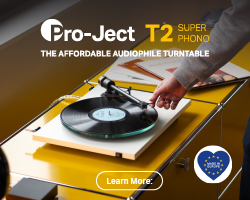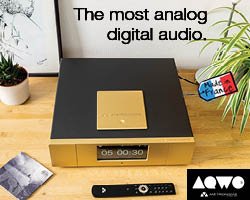UK based Black Rhodium, whose interconnects we reviewed previously, have released Rumba and Salsa loudspeaker cables which are based on design features of Black Rhodium’s Thunder, the highest quality loudspeaker cable in the Black Rhodium range. The special design features of Rumba and Salsa include the following. VS-4 vibration stabilisers to reduce distortion due to mechanical vibration. Mechanical vibration suppression materials used in construction. Silicone rubber insulation for low dielectric absorption. Thick wall insulation for lower ‘Proximity Effect’ magnetic distortion. Conductors wired in opposing direction for lower noise floor. Twisted conductors for low RFI, with additional RFI suppression. High quality rhodium plated connectors, plus they are all hand built at the Black Rhodium factory in Derby.
Specification of Black Rhodium Rumba Loudspeaker Cable
Outer diameter of cores 6.1mm
2.5 sq. mm plated copper cores
Silicone rubber insulation thickness: 1.4mm
Capacitance for 3m length: 90pF
Specification of Black Rhodium Salsa Loudspeaker Cable
Outer diameter of cores 5.9mm
4 sq. mm plated copper cores
Silicone rubber insulation thickness: 1.0mm
Capacitance for 3m length: 100pF
Rumba and Salsa will be available at these Retail Prices:
3m pair Rumba Loudspeaker Cable £700.00
5m pair Rumba Loudspeaker Cable £800.00
3m pair Salsa Loudspeaker Cable £950.00
5m pair Salsa Loudspeaker Cable £1150.00
Other lengths can be supplied to order with prices pro rata.





























































































































